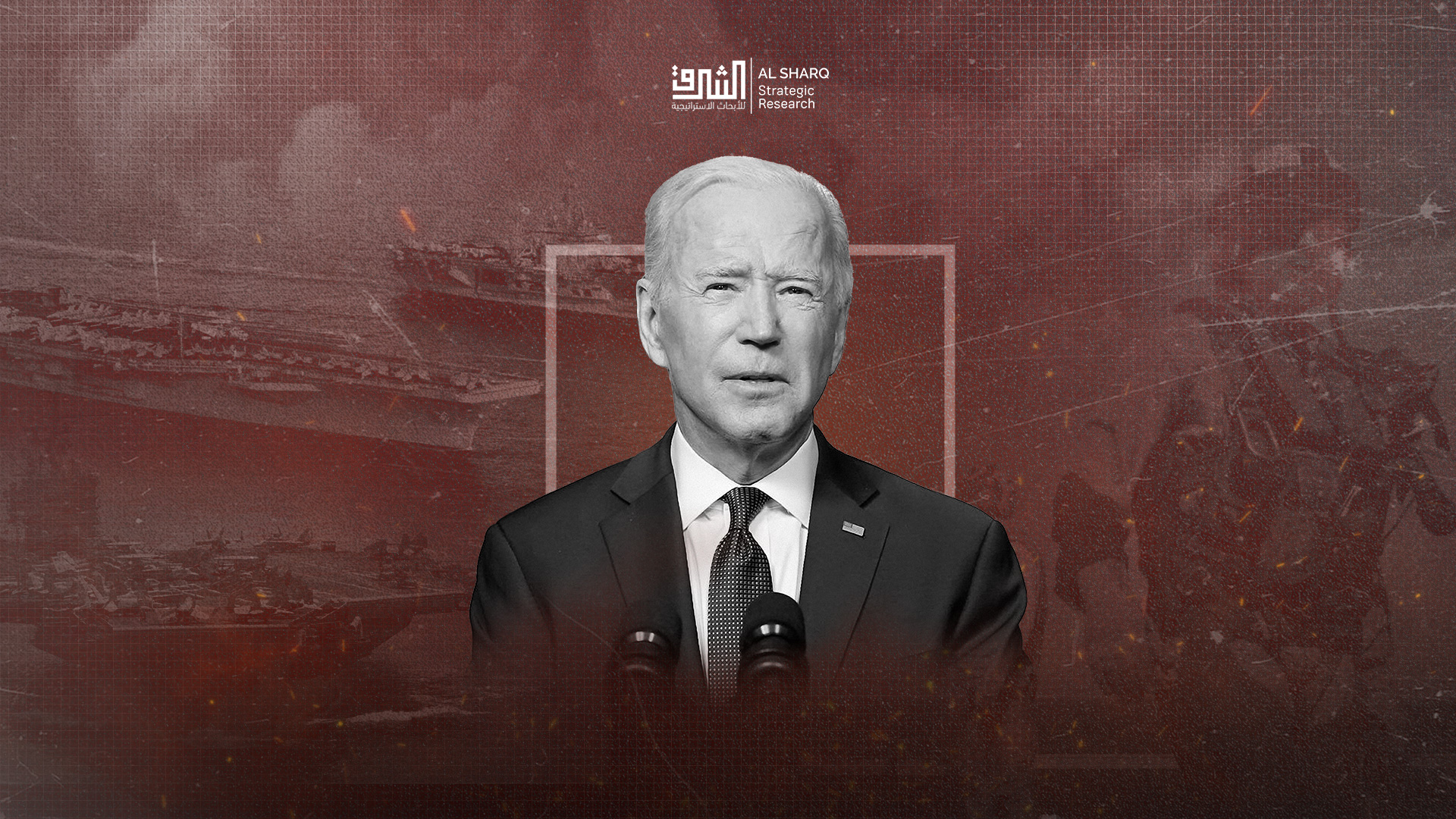In political analyses over the past years, an idea has become prevalent regarding the potential change in the composition of the international system and its potential impact, if it occurs, on the Middle East region. The erosion of American power resources has been central to this idea, particularly its diminished economic capacities.
Consequently, this erosion is expected to result in the emergence of “zones of influence vacuum” globally, which other major powers, such as Russia with its robust military force and China as a colossal economic power, will seek to exploit.
Russian President Vladimir Putin, in his political address, has notably highlighted the challenge posed to American hegemony globally, calling upon world nations to construct a new international system based on multipolarism.
In light of these developments, the Middle East region represents a key arena for competition between the United States and the forces shaping the international system, specifically Russia, which has adopted direct military intervention in this area. Russia has supported the governing regime in Syria throughout the past years of its ongoing crisis, as part of its efforts to bolster its presence in the Arab Levant region.
After the recent aggression on the Gaza Strip, the United States repositioned itself in the region, including the protection of its key ally Israel, by sending aircraft and submarines to the Middle East. Indeed, these actions carry messages beyond the public ones, conveying hidden messages aimed at the new major players in the region (Russia and China).
It has become clear that other active entities in the region have imposed themselves on the regional decision-making process, directly impacting the geopolitical structure in the area. These include Saudi Arabia, Iran, Turkey, and Egypt, which retain some historical influence due to their geographical location.
All these major active entities have distinct strategic goals. For instance, Iran and Saudi Arabia seek to achieve a balance between them, while Israel aims to confront Iran’s nuclear and regional ambitions, a goal it shares with Saudi Arabia. However, recent developments have driven an Iranian-Saudi rapprochement under the auspices of China, which has newly entered into the Middle Eastern conflict.
The United States has deployed two aircraft carrier strike groups, fighter jets, and supporting ships to the eastern Mediterranean Sea to deter Iran and Iranian proxies in the region, such as Hezbollah in Lebanon, from joining the conflict and to ensure that the conflict does not expand. The USS Gerald R. Ford carrier and supporting ships arrived in the eastern Mediterranean early this month, and the Eisenhower carrier strike group, which includes the guided-missile cruiser USS Philippine Sea and guided-missile destroyers Gravely and the Mason, joined. The deployment signals Washington’s “ironclad commitment to Israel’s security and our resolve to deter any state or non-state actor seeking to escalate this war,” according to Secretary of Defense Lloyd Austin. The US has made it clear that the carrier and its accompanying force are not there to engage in combat activities on behalf of Israel, and they are focused on protecting themselves and the carrier. While they can carry out offensive operations, they are not best suited to act as a missile defense system for Israel, which already has sophisticated defenses. The US has also warned other countries not to escalate the conflict. The decision by the United States to send an aircraft carrier or a nuclear submarine to the Middle East in support of Israel may raise many regional and international impacts:
1- Escalating regional tensions: Sending an aircraft carrier or a nuclear submarine could cause tensions in the region to escalate, especially regarding relations between Arab countries and Israel.
2- Provocation of neighboring countries and other parties: Military actions such as these are often interpreted as provocative by neighboring countries or other international parties, increasing tensions and raising concerns about regional stability.
3- International reaction: Prominent military measures such as these may provoke dissatisfaction and adverse reactions from other countries and may change global trends and alliances.
4- Impact on diplomatic negotiations: This decision may affect ongoing diplomatic efforts, especially concerning political negotiations related to the Middle East.
In addition to the mentioned impacts, sending an aircraft carrier or a nuclear submarine to the Middle East could affect the economy in the region. Political and military tension can reduce the region’s foreign investment and economic growth. It could also lead to an increase in oil and gas prices in the world, as Middle Eastern countries are considered among the world’s largest producers of oil and gas.
Moreover, sending an aircraft carrier or nuclear submarine to the Middle East could increase tensions between the United States, Russia, and Iran. Both countries have expressed their concern about the presence of American forces in the region, and This decision could lead to an escalation of tensions and an increased likelihood of a conflict between them.
Based on the foregoing, indicators suggest that the United States is currently working towards subjecting all countries in the Middle East to its “direct dominance”. This signals an escalation in the pace of military confrontation in the region, classified as ‘intermediate’ according to American classification, in the coming days.


 Taqwa Nedal Abu Kmeil
Taqwa Nedal Abu Kmeil